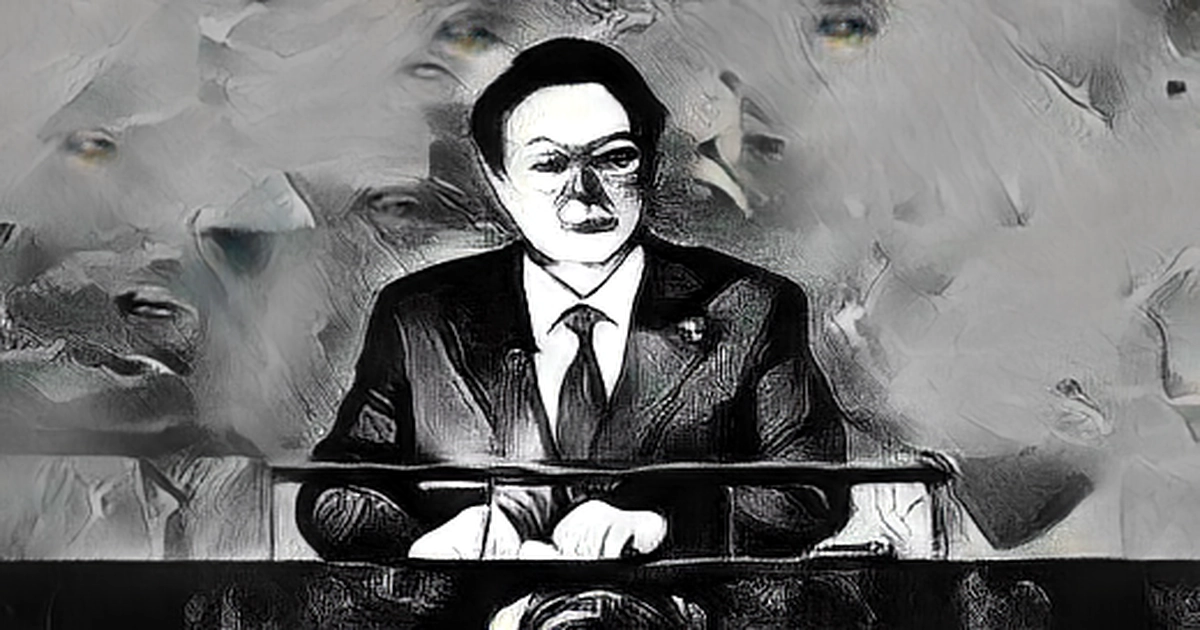
SEOUL - The South Korean government would take measures to spur capital inflows and make sure there were enough dollars available in the local currency market, President Yoon Suk-yeol said on Friday.
South Korea's won has lost 16 per cent of its value this year, caught in a huge switch to dollar assets by global investors as U.S. interest rates rose sharply, and the Ukraine war spurred a flight to safety.
Yoon was quoted as saying at a meeting of economy ministers that the government will strengthen the safety valve by taking measures to improve the dollar supply-demand situation on the foreign exchange market.
He said that preparation to reactivate a stock market stabilisation fund would be completed during the month and that the government would take measures to spur foreign investment in local stock and bond markets.
The finance ministry said in a statement released after the meeting that they would prepare to have tools ready for the authorities to provide foreign exchange liquidity to financial institutions if needed.
The central bank said the country posted the largest current account deficit in more than two years in August as global demand cooled and higher global prices of raw materials pushed up the import bill.
South Korea's won trimmed its losses against the dollar to 0.4 per cent after a loss of as much as 0.8 per cent on the day, although dealers said the market was more influenced by a rebound in U.S. stock index futures.
The meeting was held by President Yoon, whose approval rate has fallen sharply since taking office in early May.
On Friday, a weekly poll by Gallup Korea showed Yoon's approval rating rebounded to 29 per cent from 24 per cent last week, when the rating matched a previous low for his presidency. He had an approval rating of more than 50 per cent in early June.
South Korea had been a frequent victim of global markets turbulence, suffering a near-several default during the late 1990s Asia financial crisis and massive capital outflow during the 2008 -- 2009 global financial crisis.
